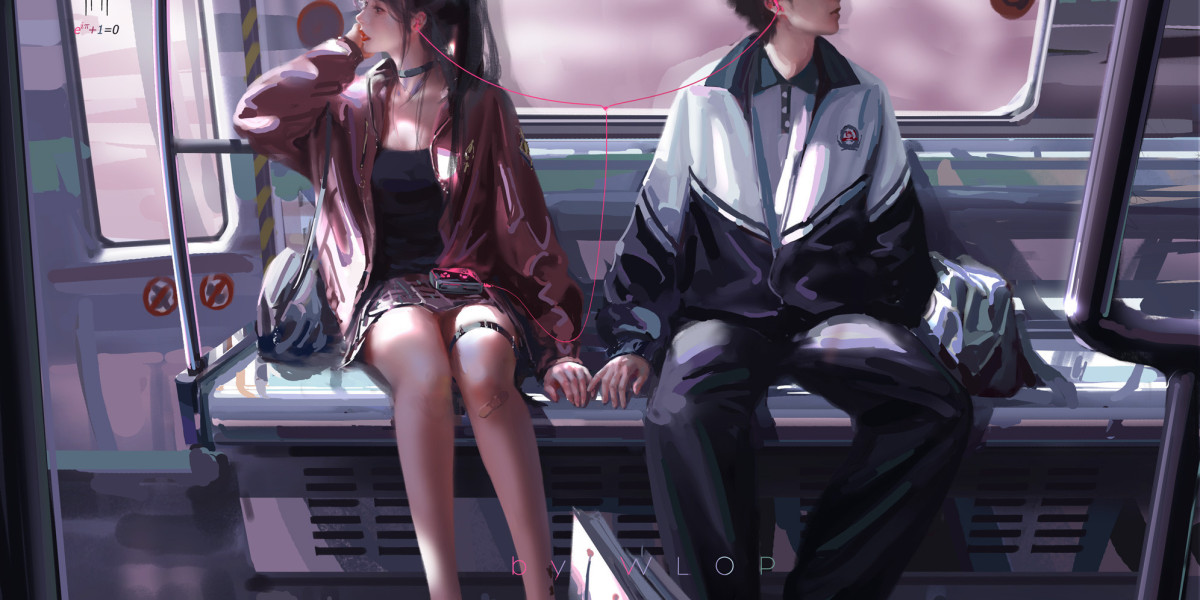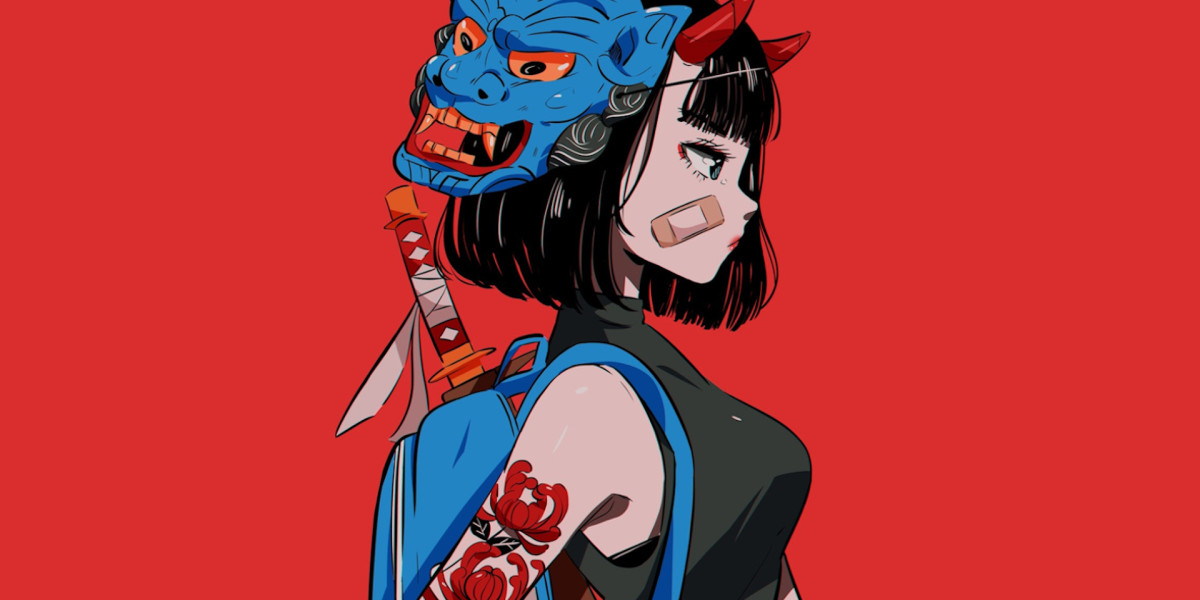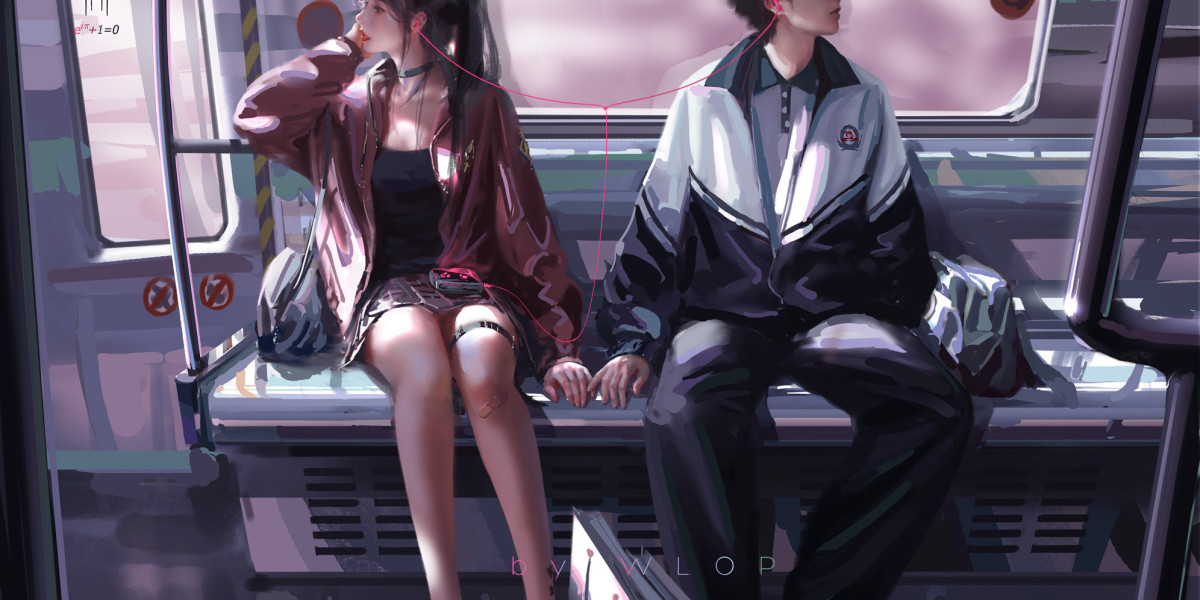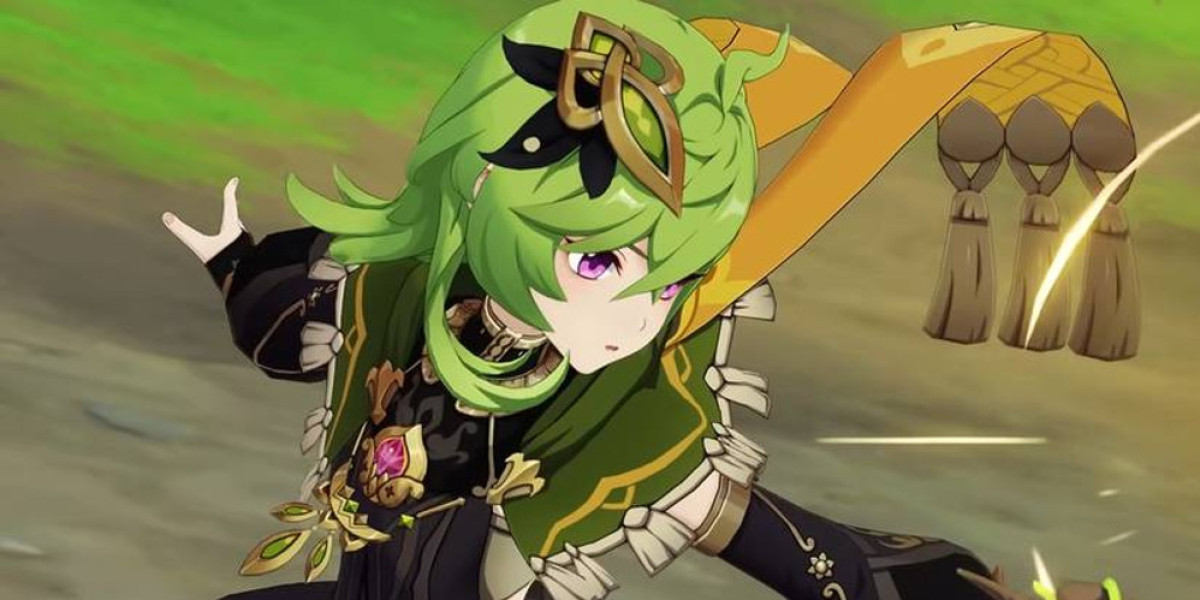Unlock the Secrets of Studio Lighting: Transform Your Photography Game!
When it comes to photography, lighting is the unsung hero that plays a crucial role in enhancing the quality of images. Whether you're shooting portraits, products, or creative scenes, the right lighting can make all the difference in setting the mood and capturing the essence of your subject. In a studio environment, having control over your lighting setup allows you to experiment and achieve stunning results. This article will delve into the various types of studio photography lights, including continuous lights, flash lights, and LED lights. We'll explore their unique features and best applications, arming you with the knowledge needed to elevate your photography skills.
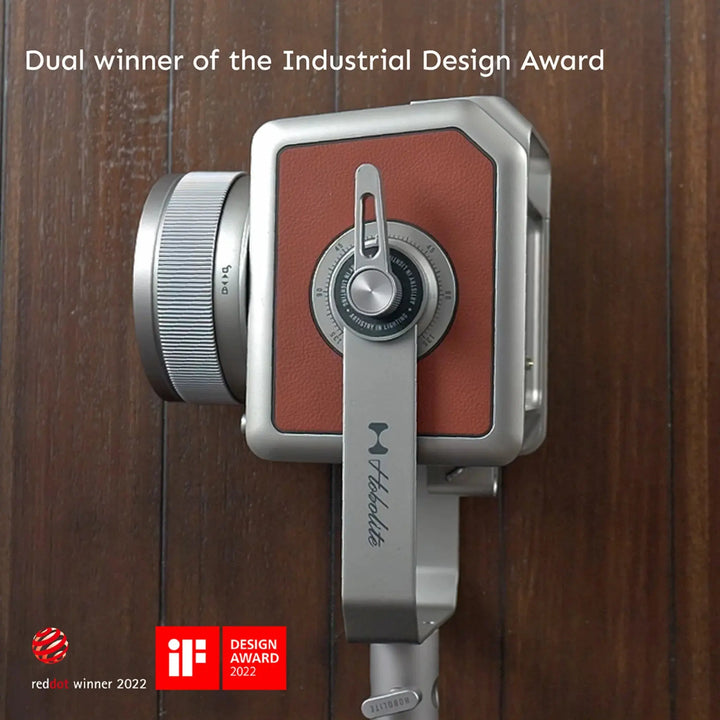
Understanding Different Types of Studio Photography Lights
Studio photography lights come in a variety of forms, each offering distinct benefits and use cases. Continuous lights provide a steady source of illumination, making it easy to see how light interacts with your subject in real-time. Flash lights, on the other hand, deliver powerful bursts of light, allowing for high-speed photography and freezing motion. Lastly, LED lights are lauded for their energy efficiency and versatility, often bridging the gap between photography and videography. Understanding these types will help you choose the right lighting for your specific needs and creative vision.
Continuous Lighting
Continuous lighting systems are an excellent choice, especially for beginners, as they mimic natural light and allow for continuous visibility. This type of lighting is particularly useful for video work or when shooting subjects that move, as you can see the effect of your lighting setup in real-time. One of my friends, who is a budding portrait photographer, swears by continuous lights for her practice sessions. She loves how she can adjust her settings while observing the light’s impact on her subjects. To use continuous lights effectively, position them at various angles to create depth, and remember to experiment with the distance to your subject to control the light's intensity and softness. Softboxes can be an excellent addition to diffuse the light for a more flattering appearance.
Flash Lighting
Flash lighting is another fundamental aspect of studio photography. There are various types of flash lights, including speedlights and studio strobes, each offering different power levels and features. Flash lights are ideal for capturing fast-moving subjects, as they produce a high-intensity burst of light that can freeze action. A photographer friend of mine often uses studio strobes for fashion shoots, appreciating their capability to overpower ambient light, thus allowing for dynamic setups. When utilizing flash lighting, it's essential to understand how to balance your exposure settings, as well as the sync speed of your camera. This will help you achieve the desired effects and capture sharp images even in challenging lighting conditions.
LED Lighting
LED lights have gained immense popularity in recent years due to their energy efficiency and versatility. They produce less heat compared to other lighting options, which is a significant advantage during longer shooting sessions. LED lights are not only suitable for photography but are also widely used in videography, making them a fantastic all-in-one solution. My friend, who often shoots both photos and videos, loves using LED panels because they allow for seamless transitions between mediums without altering her lighting setup. When using LED lights, consider adjusting their color temperature to match the mood of your shoot, and use dimmable options for more control over brightness.
Using Studio Photography Lights Effectively
To make the most of your studio photography lights, proper positioning and modification are key. Start by placing your lights at various angles to create shadows and depth in your images. For portrait photography, a common technique is to place the main light at a 45-degree angle to your subject, which adds dimension to the face. Adjusting the intensity of your lights is also crucial; using dimmers or choosing the right modifiers can drastically change the feel of your photographs. Reflectors and softboxes are excellent tools for controlling light diffusion, enabling you to craft softer, more flattering lighting. Additionally, experimenting with different light setups can lead to unique effects that enhance the storytelling aspect of your work. Don't hesitate to try out various configurations and modifiers to find what resonates with your style.
Maximizing Your Studio Lighting Mastery
In summary, understanding the various types of studio photography lights and how to use them effectively is essential for any photographer looking to enhance their craft. From continuous lights that allow for real-time adjustments to powerful flash lights that freeze action and versatile LED options that bridge photography and videography, each type has unique advantages. By mastering lighting techniques and experimenting with different setups, you can create stunning images that truly reflect your vision. So grab your lights, get creative, and let your photography shine!
